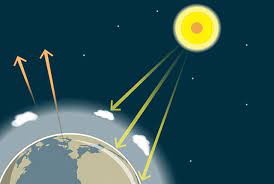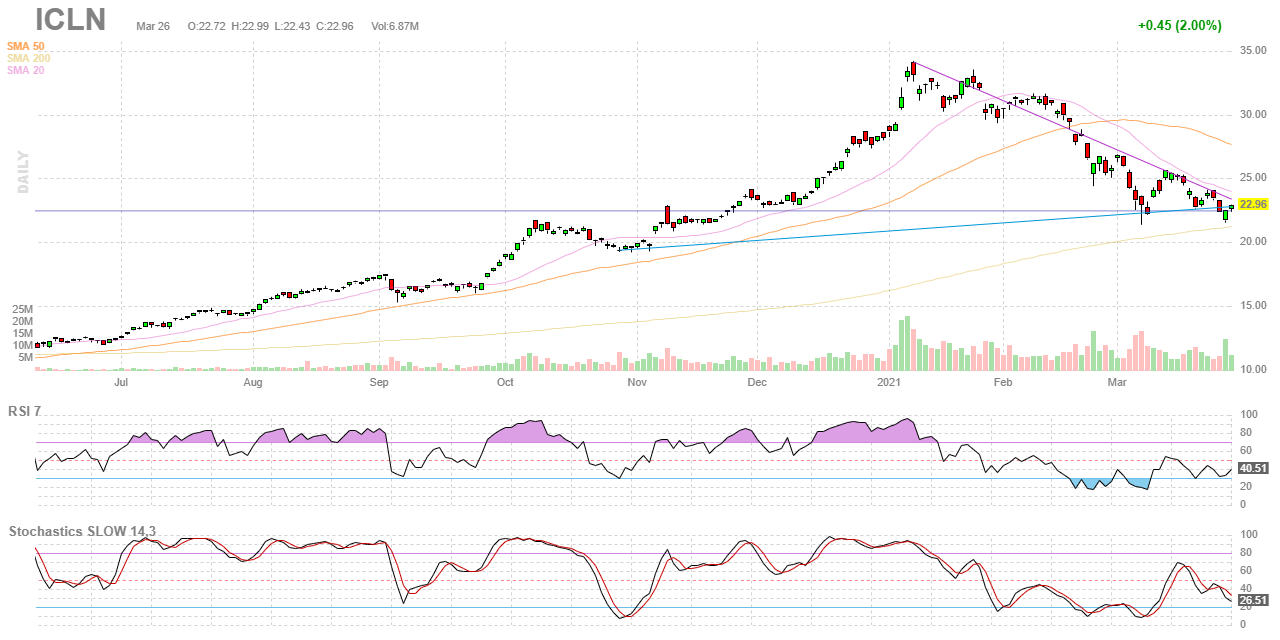Bill Gate’s latest book, How to Avoid a Climate Disaster, should be required reading in school and work. The man that foresaw the global pandemic and did a widely vied Ted Talk on the subject now has a new message for it. He explains the inevitability and certainty that the temperatures are rising and will continue to rise. I like the way Bill thinks about things and explains them in a way that average people like myself can grasp the science behind it. If you read nothing else, read the first chapter. Why Zero? Everything we do in the modern world using and emits carbon molecules into the atmosphere. This is the greenhouse effect. According to Gates, “There’s no scenario in which we keep adding carbon to the atmosphere and the world stops getting hotter, and the hotter it gets, the harder it will be for humans to survive, much less thrive.”
There are few people on the planet now that haven’t heard of or actually listened to Bill Gates Ted Talk on pandemics he gave in March of 2015 when he warned and foretold of the devastation and ill-preparedness the world was for the next pandemic. Gates, in this newest book, writes, “the likely impacts from climate change and from COVID-19 vary quite a bit, depending on which economic model you use. But the conclusion is unmistakable: In the next decade or two, the economic damage caused by climate change will likely be as bad as having a COVID-sized pandemic every 10 years. And by the end of the 21st century, it will be much worse if the world remains on its current emissions path.*
The good news is we can do something about it and there are many good ways to invest in this inevitable human response to it. Chase brought to my attention that TAN, the solar ETF is down 15% this year. It’s almost lost its gain from the Biden election runup that many renewable and green energy stocks had on the campaign promise to address climate change with government policy. Besides TAN there over a dozen ETFs have been created for the investing public. LIke biotech and many promising but highly risky technologies, ETFs are the perfect vehicle to spread your bets and reduce the risk of one or more investments going sour.
| ICLN | iShares Global Clean Energy ETF | Blackrock | $5.35B | 0.46% | -15.48% | Equity:Global Renewable Energy |
| TAN | Invesco Solar ETF | Invesco | $3.28B | 0.69% | -14.82% | Equity:Global Renewable Energy |
| QCLN | First Trust NASDAQ Clean Edge Green Energy Index Fund | First Trust | $2.72B | 0.60% | -5.90% | Equity: U.S. Renewable Energy |
| PBW | Invesco WilderHill Clean Energy ETF | Invesco | $2.51B | 0.70% | -11.44% | Equity:Global Renewable Energy |
| ACES | ALPS Clean Energy ETF | SS&C | $969.92M | 0.55% | -7.47% | Equity: U.S. Renewable Energy |
| PBD | Invesco Global Clean Energy ETF | Invesco | $413.53M | 0.75% | -9.82% | Equity:Global Renewable Energy |
| FAN | First Trust Global Wind Energy ETF | First Trust | $399.80M | 0.62% | -4.24% | Equity:Global Renewable Energy |
| CNRG | SPDR S&P Kensho Clean Power ETF | State Street Global Advisors | $361.50M | 0.45% | -1.01% | Equity: U.S. Renewable Energy |
| SMOG | VanEck Vectors Low Carbon Energy ETF | VanEck | $287.25M | 0.62% | -6.10% | Equity:Global Renewable Energy |
| RNRG | Global X Renewable Energy Producers ETF | Mirae Asset | $108.84M | 0.65% | -11.81% | Equity:Global Renewable Energy |
| BNE | Blue Horizon BNE ETF | Exchange Traded Concepts | $6.96M | 0.87% | -0.97% | Equity:Global Renewable Energy |
| SULR | SmartETFs Sustainable Energy II ETF | Guinness Atkinson Asset Management | $4.46M | 0.79% | 0.10% | Equity:Global Renewable Energy |
| HDRO | Defiance Next Gen H2 ETF | Defiance ETFs | — | 0.30% | — | Equity:Global Renewable Energy |
Also one of the nice things is that more adventurous and perhaps more knowledgeable investors can examine the holdings of ETF and find many promising ideas in their portfolios. We don’t recommend generally investing in multiple ETFs in a category because you generally end up owning many of the same stocks in each one. They have all pulled back and in the chart below you can see the Performance of ICLN Ishares Global Clean Energy 500 before the Presidential election and in the months since. They have all been laggards this year compared to the S&P 500 so we would exercise caution in rushing in. A dollar-cost averaging approach seems the most reasonable to me. Start with the two largest, ICLN and TAN. Patient investors will be rewarded for betting that mankind will find solutions to tackle climate change.
| Jan 21 | Feb 21 | Mar 21 | Total | |
|---|---|---|---|---|
| QCLN | +13.73% | -8.46% | -9.92% | -6.22% |
| PBW | +15.57% | -9.57% | -13.25% | -9.33% |
| ACES | +14.31% | -11.44% | -8.00% | -6.86% |
| ICLN | +5.52% | -13.26% | -11.18% | -18.70% |
| TAN | +5.77% | -6.78% | -13.13% | -14.34% |
| SPY | -1.02% | +2.78% | +4.11% | +5.91% |


